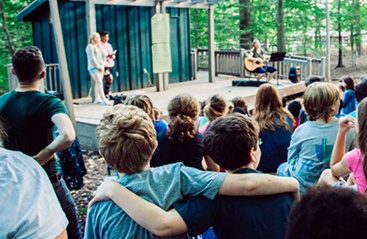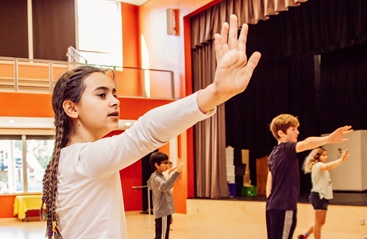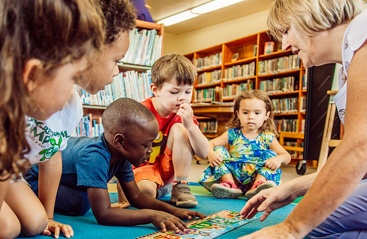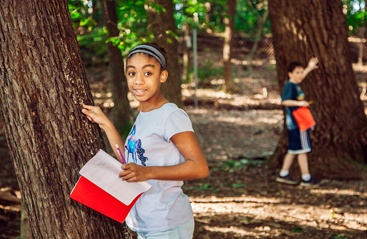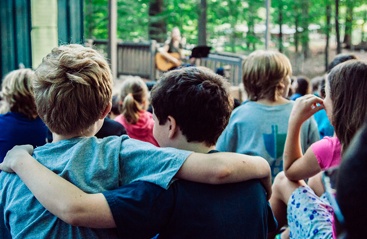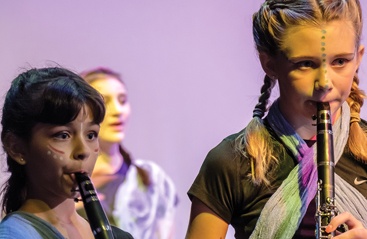Steps to Talk with Your Children about Racism towards the AAPI community
For our youngest children having a conversation about racial differences with plenty of space for their questions and comments is often the best place to start. We know that children as young as 6 months notice racial differences and by age 4 they are actively trying to understand what it all means. Talking about it directly and reading books about the lives of different children will help open the conversation and help us know where they are in their understanding of racial differences and the thoughts and feelings they are integrating into their understanding of the world.
- Educate yourself. Know the history of racism towards the AAPI community.
- Explore your own understanding and feelings. Children pick up on the actions, feelings, perspectives, and understanding of the adults around them, so be sure to clarify and affirm your own thoughts, feelings, perspective as well as those of other adults in your children’s environment before talking with them.
- Talk in their safe, natural place. Many kids have a certain time and place when they talk and confide in parents, and begin the conversation there. If you’ve already talked with them about other types of racism you can use what you’ve discussed already as a starting point and add in the AAPI context.
- Give lots of space for questions. From their questions, check for understanding. From grades 4/5 – Middle School you can add in points about how to spot and research misinformation that fuels racist actions.
- Explore ways to take action. Discuss being an upstander, rather than a bystander. Explore ways to act that are age-appropriate including getting adult help if needed.
- Make this an ongoing conversation. Seek out books and guides for yourself and for your children that bring relevant facts and perspectives to the dialogue including books from authentic AAPI voices about all aspects of their lived experiences.
Here are a few resources that go into greater detail:
- Parent Guide Helps Asian Families Address Racism During the Pandemic
- How to Talk to Kids About Anti-Asian Racism
- How Parents Can Support Kids Through (& Beyond) the Latest Wave of Anti-Asian American Violence
- Talking to Kids About Xenophobia
- 16 Ways to Help Children Become Thoughtful, Informed, and BRAVE About Race
- Find children’s books from the Asian American perspective from Lee and Low, an Asian American-owned independent book publisher specializing in multicultural children’s books.
Inquire Now
Burgundy is a one-of-a-kind independent school for Junior Kindergarten through 8th Grade. We believe children learn best in an inclusive, creative, and nurturing environment that engages the whole child.
3700 Burgundy Road
Alexandria, VA 22303
703.960.3431
Accredited by:
Affiliated with:
Partners with:
©2025 Burgundy Farm Country Day School
Designed and developed by The Design Channel![]()

